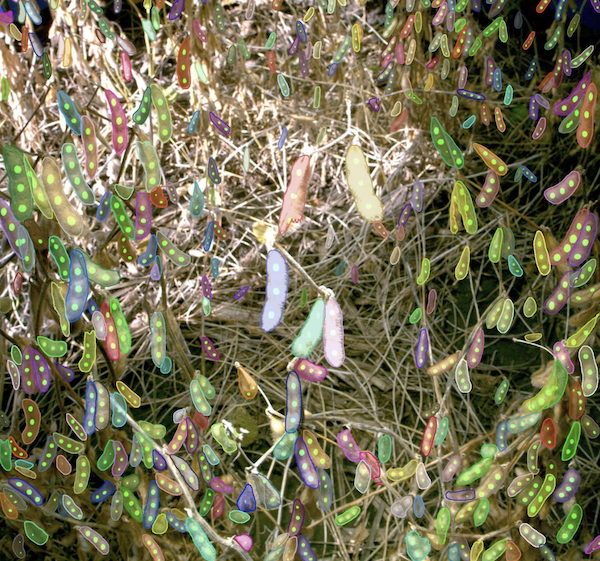The world got a shiny new seed bank earlier this year that expands the global network, as well as technical capabilities of these critical gene repositories. The Future Seeds facility, located near Cali, Columbia, is touted as the largest gene bank for beans, cassava, and tropical forages in the world and has an impressive list of backers and partners, including GoogleX and The Bezos Earth Fund.
The facility is managed by the global food security research partnership CGIAR’s Alliance of Bioversity International and the International Center for Tropical Agriculture (CIAT). Future Seeds aims to host a collection that includes more than 37,000 bean samples, 6,000 cassava samples, and 22,600 samples of tropical forages from more than 100 countries. The new facility offers about 30% more storage than the previous site, which CGIAR says had outgrown its capacity.
Beyond the physical specimens, the project also sponsors a massive digital library of sequenced plant DNA that grants free access to researchers. To date, the open-source back catalog of crop material has allowed scientists to identify genes that have led to the development of 550 improved varieties of beans for sub-Saharan Africa, including heat-tolerant and high-iron beans, as well as cassava roots enriched with pro-vitamin A content, improving diets as well as yields.
The new seed bank, whose construction began in 2018 with an investment of $17 million, has seed modules, a digital laboratory, a seed health laboratory, and a laboratory for in vitro testing of cassava. It’s also outfitted with loads of cutting-edge technology, including robotics, drones, and artificial intelligence (AI). The facility utilizes a cryopreservation system for long-term storage of crop genetic material in temperatures of -320.
Researchers are using predictive AI models to pinpoint habitats where important crop biodiversity may exist. Joe Tohme, Director for Crops for Nutrition and Health at CIAT, explains that these reserves of crop diversity could hold traits key to unlocking greater climate adaptation, productivity, and nutrition, as well as pest and disease resilience. All of this is vital for future food security.
One of those AI-powered tools is a rover developed by Google X’s Project Mineral. The rover is currently working in test fields surrounding the Future Seeds facility, capturing images of different varieties of bean plants. It uses machine learning to identify characteristics such as leaf count, leaf area, leaf color, flower count, plant count, and pod dimensions. Dubbed “Don Roverto,” the rover collects this data on every single plant in a field, every single week. Tohme says the experimental technology vastly speeds up the collection and analysis of data that plant breeders need to develop and new and improved crop varieties.
The new gene bank was inaugurated on Mar. 16, which also brought the announcement of a $16 million donation from the Bezos Earth Fund, created by Amazon founder Jeff Bezos. Future Seeds is one of 11 genebanks run globally through the CGIAR network of agricultural research organizations and the only facility of its kind designed for education and training, with glass walls to allow visitors to see scientists at work. In addition, the Alliance also hosts several field stations around Colombia that provide optimal conditions to obtain high-quality seed free from diseases that require quarantine, and which can be distributed internationally. (Sources: CIAT, Food Navigator, AgFunder)









